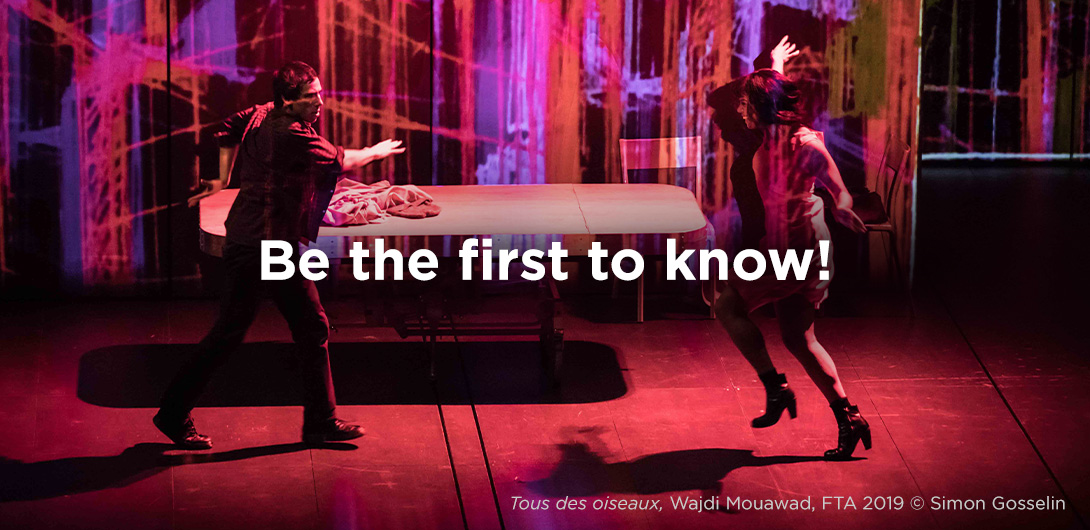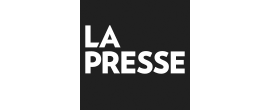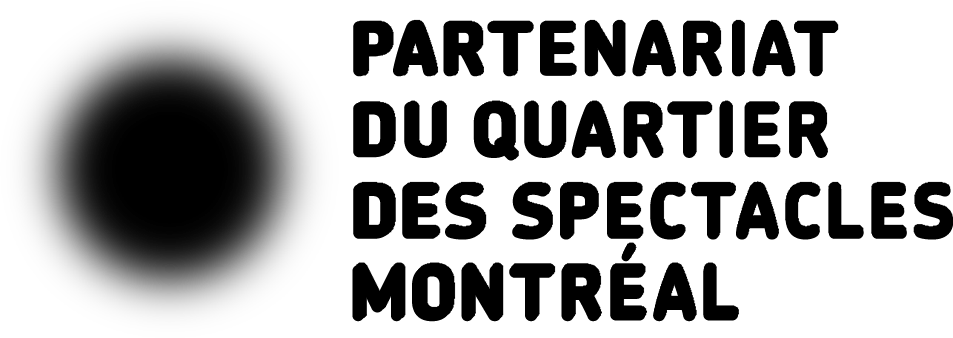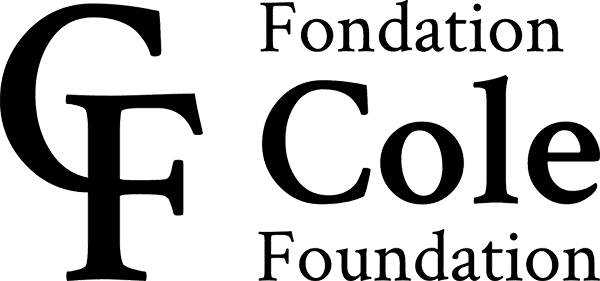Worktable
The room you enter is full of heterogeneous objects, and it is up to you to decide how to tear them apart. A joyous invitation to restore the enchantment to matter, however banal it may seem. Playful and deeply creative.
The New Zealand artist Kate McIntosh invites the spectator to reinterpret the commonplace, to reconstruct an all-encompassing obsolescence so that it takes on a whole new meaning. In doing so she brilliantly examines the implacable desire to consume in a society crippled by a constant pursuit of the latest new thing, discarding without questioning and purchasing without thinking. Here, the joyful, thoughtful deconstruction and reworking of objects leads to a sort of rebirth. The audience becomes the artist, works are created and exhibited.
A playground where a wide variety of everyday objects are nicely displayed: cups, toys, figurines, knick-knacks, shoes… An irresistible invitation to dismantle them, roughly or delicately, as you prefer. Worktable is a solitary/intimate journey through different spaces, involving decisions and actions to undertake, as the audience transforms the chosen item into something new. A joyous call to act, to remake our environment and to bestow something with enchantment, no matter how banal it may be. Brilliant and profoundly creative.
Produced by SPIN
Concept and Direction Kate McIntosh
Technical Coordination Clare Noonan + Anda Skrejane
Production Sarah Parolin
Thanks to Bruno Roubicek + Hester Chillingwort + Caroline Daish + Palli Banine + Ant Hampton + Joe Kelleher + Tim Etchells + Adrian Heathfield + Simon Bayly
Presented in association with UQÀM
Written by Diane Jean
Translated by Neil Kroetsch
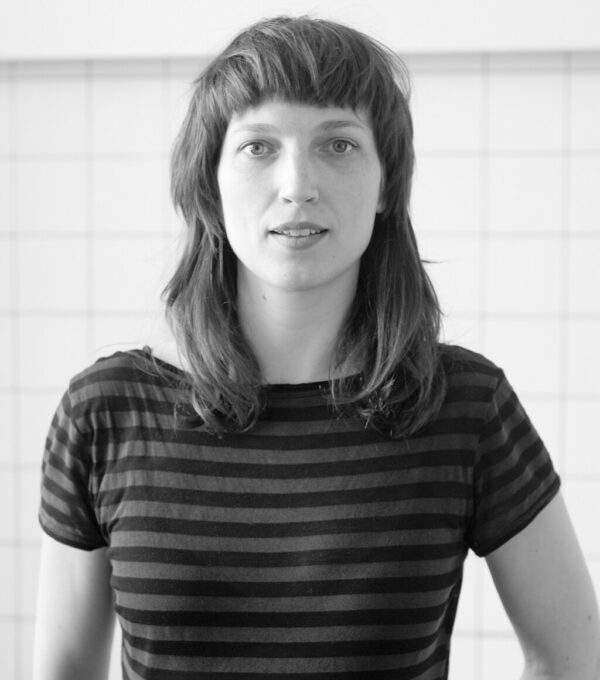
Kate McIntosh (Brussels + Wellington)
SPIN
Born and raised in New Zealand, Kate McIntosh now lives in Brussels. A multidisciplinary artist, she initially trained as a dancer and has been producing works internationally since 1995, collaborating with artists like Wendy Houstoun and Tim Etchells in the United Kingdom, Meryl Tankard in Australia, Michèle Anne de Mey and Davis Freeman in Belgium and Simone Aughterlony in Switzerland.
